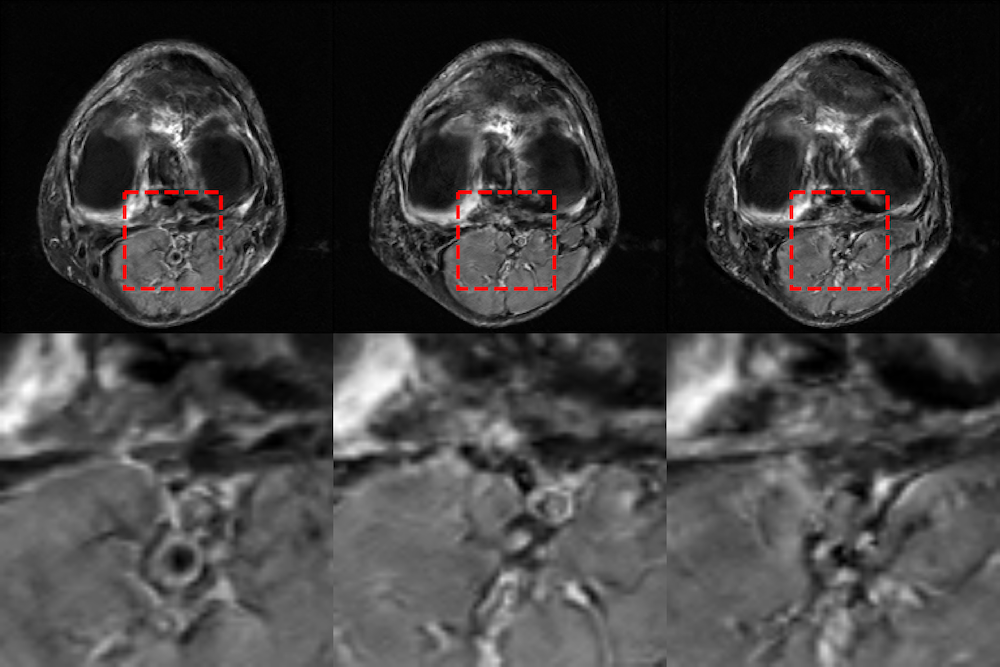Mining the manifolds of deep generative models for multiple data-consistent solutions of ill-posed tomographic imaging problems
Tomographic imaging is in general an ill-posed inverse problem. Typically, a single regularized image estimate of the sought-after object is obtained from tomographic measurements. However, there may be multiple objects that are all consistent with the same measurement data. The ability to generate such alternate solutions is important because it may enable new assessments of imaging systems. In principle, this can be achieved by means of posterior sampling methods. In recent years, deep neural networks have been employed for posterior sampling with promising results. However, such methods are not yet for use with large-scale tomographic imaging applications. On the other hand, empirical sampling methods may be computationally feasible for large-scale imaging systems and enable uncertainty quantification for practical applications. Empirical sampling involves solving a regularized inverse problem within a stochastic optimization framework to obtain alternate data-consistent solutions. In this work, a new empirical sampling method is proposed that computes multiple solutions of a tomographic inverse problem that are consistent with the same acquired measurement data. The method operates by repeatedly solving an optimization problem in the latent space of a style-based generative adversarial network (StyleGAN), and was inspired by the Photo Upsampling via Latent Space Exploration (PULSE) method that was developed for super-resolution tasks. The proposed method is demonstrated and analyzed via numerical studies that involve two stylized tomographic imaging modalities. These studies establish the ability of the method to perform efficient empirical sampling and uncertainty quantification.
PDF Abstract



 fastMRI
fastMRI